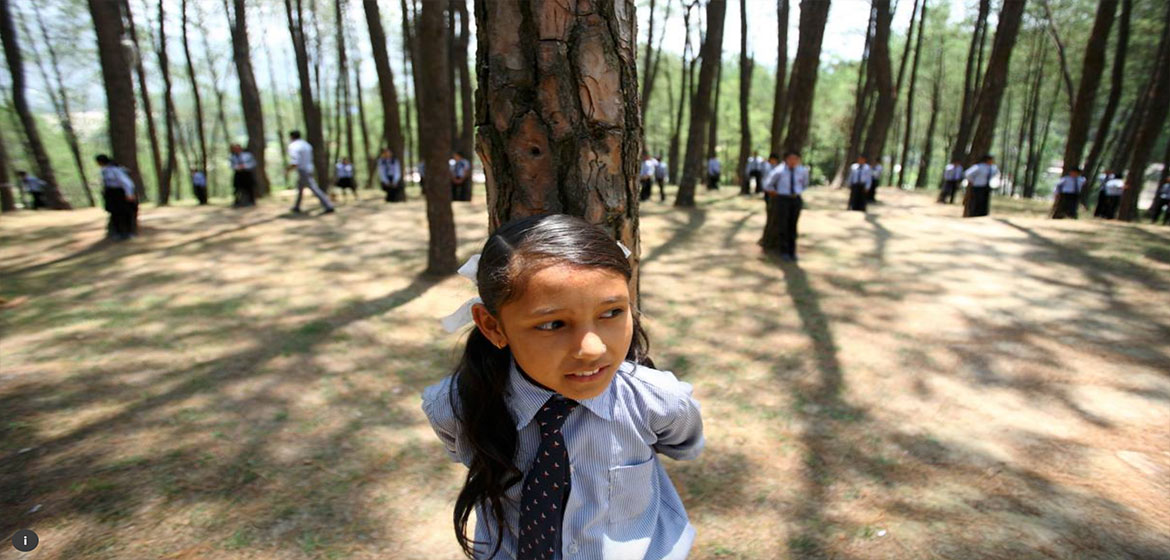by | CIFOR (Center for International Forestry Research)
Insecure land tenure can be a recipe for deforestation and forest degradation
Robert Nasi is director-general of the Center for International Forestry Research (CIFOR)
The climate crisis is one of the greatest challenges of our time, leading a million youth around the globe to pour onto the streets, demanding political leaders wake up to this destruction of our planet. And it comes not a moment too soon.
Fortunately, we already have one very effective tool for climate-change action. I refer to rights: land-use and tenure rights for indigenous peoples, women, youth and local communities.
Evidence shows that when local communities have authority over their forests and land, and their rights legally recognized, deforestation rates are often reduced. Insecure tenure can be a recipe for deforestation and forest degradation.
Forests are the front line for fighting global warming. By absorbing carbon dioxide and trapping carbon, forests reduce the greenhouse gas emissions linked to climate change.
Consider Guatemala’s 2.1-million-hectare Maya Biosphere Reserve, where almost a dozen community forests are managed locally, based on standards set in Forest Stewardship Council-certified land-use plans. Deforestation rates there have been close to zero over the past 14 years – a better rate than in the core zone of the reserve.
Or look at community forests in the Indian state of Meghalaya. Government there has demonstrated confidence in local management by handing over more than 90% of forests to local communities, plus offering incentives to over 60 village councils to revive and protect some 27,000 hectares of forests.
In Nepal, local forest user groups show how greater tenure security has enabled community-based institutions to improve forest management and build sustainable livelihoods.
More than 18,000 forest-user groups manage over one-third of Nepal’s forest area. Forest cover has increased considerably and many user groups have licensed new kinds of forest-based enterprises generating jobs and incomes — something they could not do legally before devolution of forest rights, according to research by the Center for International Forestry Research (CIFOR).
Despite the multiple benefits, land-use rights and tenure security are not easily achieved. Indigenous peoples and local communities legally own only about 15% of forests worldwide. Yet, their traditional areas cover about 25% of the world’s land surface, which overlap with some 40% of global land-based government-protected areas, including ecologically intact landscapes such as boreal and tropical primary forests, savannas and marshes. These landscapes are often rich in biodiversity.
Local communities and indigenous peoples fighting for their rights must often confront vested political interests and demands of the wealthy and powerful – cattle ranchers, mega-farmers, major logging firms and illegal loggers – which often work against local community control of lands and forests.
A cause for hope are discussions this weekend at the world’s largest platform on sustainable land use, the , which is focusing its flagship summit on rights and their importance in landscape restoration and confronting climate change.
Local community representatives, indigenous peoples, scientists, policymakers, and activists for women’s rights will converge in Bonn to try to change the narrative, to see local people as part of the solution, not part of the problem.
Recognizing and securing tenure first requires a strong, evidence-based understanding of the challenges facing indigenous peoples and local communities in order to design effective strategies to overcome these challenges.
The power of rights to help solve climate change has yet to be fully witnessed – but I look forward to seeing it soon.
Source:
Related to SDG 10: Reduced inequalities and SDG 13: Climate action



